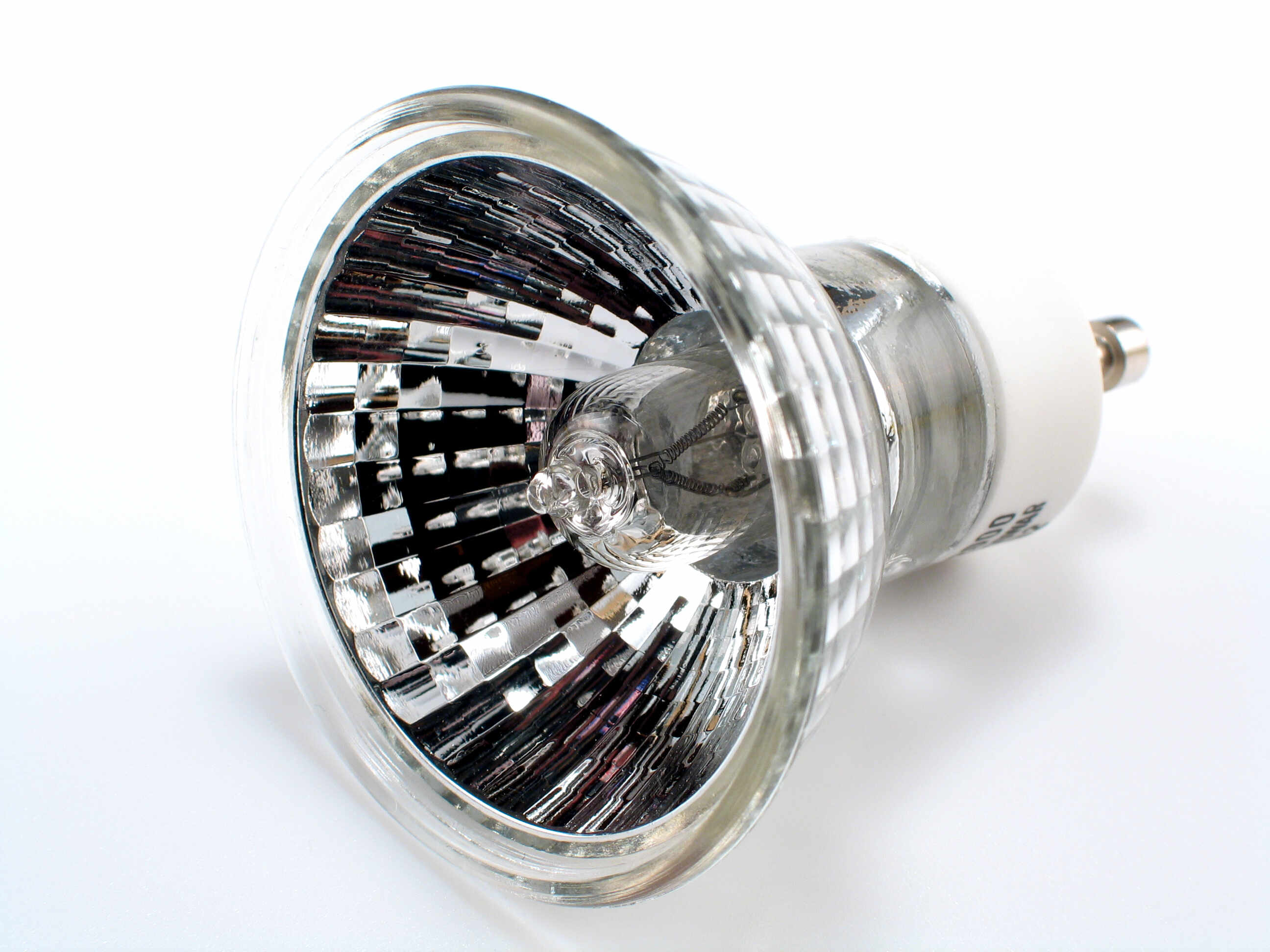

Articles
How To Replace A Halogen Bulb
Modified: December 7, 2023
Learn how to replace a halogen bulb with step-by-step instructions and helpful tips. Articles on different types of halogen bulbs, safety precautions, and troubleshooting.
(Many of the links in this article redirect to a specific reviewed product. Your purchase of these products through affiliate links helps to generate commission for Storables.com, at no extra cost. Learn more)
Introduction
Welcome to our comprehensive guide on how to replace a halogen bulb. Halogen bulbs are commonly used in various lighting fixtures, including lamps, track lights, and recessed lighting. Over time, these bulbs may burn out and need to be replaced. Knowing how to properly replace a halogen bulb is essential to ensure proper lighting and prevent any accidents or damage.
In this article, we will take you through a step-by-step process on how to replace a halogen bulb safely and efficiently. We will cover everything from gathering the necessary tools and materials to disposing of the old bulb responsibly. By following these steps, you’ll be able to replace a halogen bulb like a pro.
Before we dive into the process, it’s important to note that halogen bulbs can get very hot during operation, so exercise caution while handling them. It’s also crucial to turn off the power supply to the lighting fixture before attempting any bulb replacement to avoid electric shock.
Now, let’s get started with Step 1: Gathering the necessary tools and materials.
Key Takeaways:
- Properly replacing a halogen bulb involves gathering the right tools, identifying the bulb type, and ensuring safety measures such as turning off the power supply and allowing the bulb to cool down. Following these steps ensures a smooth and safe replacement process.
- Responsible disposal of the old halogen bulb is crucial for environmental safety. By wrapping the old bulb, checking local regulations, and exploring recycling options, you can contribute to a cleaner and greener future while enjoying your newly lit space.
Read more: How To Replace T4 Halogen Bulb
Step 1: Gather the necessary tools and materials
Before you begin replacing a halogen bulb, it’s essential to gather all the necessary tools and materials. This will ensure a smooth and hassle-free bulb replacement process. Here is a list of items you will need:
- Replacement halogen bulb: Ensure that you have the correct replacement bulb for your specific lighting fixture. Check the wattage and base type of the old bulb to match it with the new one.
- Gloves: To protect your hands from the heat and to avoid touching the bulb’s surface directly, it’s recommended to wear a pair of gloves. Opt for heat-resistant gloves or cotton gloves.
- Ladder or step stool: Depending on the height of the lighting fixture, you may need a ladder or step stool to reach it safely. Make sure the ladder or step stool is stable and secure before climbing.
- Safety goggles: As a precautionary measure, wear safety goggles to protect your eyes from any debris or glass particles that may be released during the bulb replacement.
- Soft cloth or tissue: Prepare a soft cloth or tissue to handle the halogen bulb. Avoid using bare hands or rough materials that can damage the bulb’s surface.
- Pen and paper: It’s useful to have a pen and paper handy to jot down any important information related to the bulb or fixture, such as the wattage or model number, for future reference if needed.
By gathering these tools and materials beforehand, you’ll have everything you need within reach and can focus solely on the task at hand.
Now that you have all the necessary tools and materials, let’s move on to Step 2: Identifying the type of halogen bulb.
Step 2: Identify the type of halogen bulb
Before proceeding with the bulb replacement, it’s important to identify the type of halogen bulb used in your lighting fixture. This step will help ensure that you purchase the correct replacement bulb and avoid any compatibility issues.
Here are a few key aspects to consider when identifying the type of halogen bulb:
- Wattage: Check the wattage rating of the old halogen bulb. It is usually indicated on the base or the glass envelope of the bulb. Make sure to select a replacement bulb with the same wattage to ensure proper functioning.
- Base type: There are several base types for halogen bulbs, including G4, G9, GU10, and R7S, among others. Look closely at the base of the old bulb to determine the exact base type. The replacement bulb must have the same base type to fit into the socket correctly.
- Bulb shape: Halogen bulbs come in various shapes, such as tubular, capsule, or reflector. Take note of the shape of the old bulb so that you can choose a replacement bulb with the same shape to maintain the desired lighting effect.
- Color temperature: Consider the color temperature of the old bulb to maintain the desired ambiance. Halogen bulbs usually come in warm white or cool white options. Choose a replacement bulb with the same color temperature for consistency.
- Dimmable or non-dimmable: Determine whether your lighting fixture supports dimming functionality. If it does, make sure to select a halogen bulb that is specifically designated as dimmable.
By thoroughly examining these factors, you will be able to accurately identify the type of halogen bulb you need to replace. Once you have gathered this information, you can proceed with confidence to the next step in the process.
Now that you have identified the type of halogen bulb, let’s move on to Step 3: Turning off the power supply.
Step 3: Turn off the power supply
Before you begin replacing the halogen bulb, it is crucial to turn off the power supply to the lighting fixture. This step is essential for your safety and to prevent any electrical accidents.
Here’s how you can turn off the power supply:
- Locate the circuit breaker: Identify the circuit breaker that controls the power to the specific area or room where the lighting fixture is located. Typically, circuit breakers are found in the electrical panel or fuse box of your home.
- Switch off the circuit breaker: Once you have identified the correct circuit breaker, switch it off by flipping the corresponding switch to the “off” position. This step will cut off the power supply to the lighting fixture, ensuring that it is safe to proceed with the bulb replacement.
- Double-check the power: To be extra cautious, verify that the power supply is indeed turned off by attempting to switch on the light switch associated with the fixture. If the light remains off, you can be confident that the power is successfully disconnected.
It is important to note that turning off the power supply is critical for your safety when working with electrical components. Skipping this step could lead to electric shock or damage to the fixture.
Now that you have ensured that the power supply is turned off, let’s move on to Step 4: Allowing the bulb to cool down.
Step 4: Allow the bulb to cool down
Before proceeding with the actual replacement process, it’s essential to allow the halogen bulb to cool down completely. Halogen bulbs can become extremely hot during operation and retain heat even after being turned off.
Follow these steps to ensure the bulb is cool to the touch:
- Switch off the light: Although you have already turned off the power supply in the previous step, it’s a good practice to switch off the light switch connected to the fixture as well. This ensures that the bulb is not accidentally turned on while you are handling it.
- Wait for a sufficient cooling period: Give the bulb enough time to cool down. Depending on the specific bulb and the duration of its use, this cooling period may vary. As a general guideline, wait at least 10 to 15 minutes to ensure the bulb is completely cool to the touch.
- Check the temperature: Before proceeding, test the temperature of the bulb by gently touching it with the back of your hand or a temperature-sensitive device. If it feels cool to the touch, it is safe to continue with the replacement process.
Allowing the halogen bulb to cool down not only protects you from potential burns but also prevents any damage to the bulb or the fixture during the replacement process. It’s important to exercise caution and patience during this step.
Now that you have let the bulb cool down, you are ready to move on to Step 5: Removing the old halogen bulb.
When replacing a halogen bulb, make sure to turn off the power and allow the bulb to cool before handling. Use a clean cloth or gloves to avoid getting oils from your skin on the bulb, which can cause it to heat unevenly and shorten its lifespan.
Step 5: Remove the old halogen bulb
Now that the halogen bulb has cooled down, it’s time to remove the old bulb from the lighting fixture. Follow these steps to safely and efficiently remove the old bulb:
- Put on gloves: Before handling the old bulb, put on a pair of gloves to protect your hands from any debris or potential glass breakage.
- Locate the bulb: Identify the old bulb within the lighting fixture. It may be housed in a socket or held in place by a retaining clip, depending on the particular fixture design.
- Release any retaining clips or pins: If the bulb is secured with retaining clips or pins, carefully release them to free the bulb from the fixture. Follow the manufacturer’s instructions for specific details on how to release the clips or pins.
- Unscrew or twist the bulb: If the bulb is screwed into a socket, gently twist the bulb counterclockwise to loosen it. Be cautious not to apply excessive force or twist too hard to prevent damage to the socket.
- Remove the old bulb: Once the bulb is loosened, carefully lift it out of the socket or holder. Place it in a safe spot or use a soft cloth or tissue to wrap it before disposal.
It’s important to handle the old halogen bulb with care to avoid breakage and injury. Be gentle when removing the bulb and avoid excessive force that could cause it to shatter.
Now that you have successfully removed the old halogen bulb, it’s time to move on to Step 6: Installing the new halogen bulb.
Step 6: Install the new halogen bulb
With the old halogen bulb safely removed, it’s time to install the new bulb into the lighting fixture. Follow these steps to install the new halogen bulb correctly:
- Prepare the new bulb: Carefully unwrap the new halogen bulb from its packaging. Avoid touching the glass surface of the bulb with bare hands. If necessary, use a soft cloth or tissue to handle the bulb.
- Position the bulb: Align the base of the new bulb with the socket or holder in the lighting fixture. Ensure that the base type of the new bulb matches the socket type and that the bulb is oriented correctly.
- Screw or push the bulb in: If the new bulb has a screw base, gently twist it clockwise to secure it in the socket. However, if the bulb has a push-in or plug-style base, carefully insert it into the socket, applying gentle pressure until it is firmly seated.
- Secure any retaining clips or pins: If the lighting fixture utilizes retaining clips or pins to secure the bulb, make sure to reattach them to hold the new bulb in place. Follow the manufacturer’s instructions for proper positioning and securing of these components.
- Double-check the installation: Once the new bulb is in place, give it a gentle twist or push to ensure it is firmly and securely seated in the socket. This will prevent any loose connections or potential flickering issues.
Take your time during the installation to ensure the new halogen bulb is properly positioned and secured. Avoid overtightening or forcing the bulb, as this can lead to damage.
Now that you have successfully installed the new halogen bulb, it’s time to move on to Step 7: Testing the new bulb.
Step 7: Test the new bulb
After installing the new halogen bulb, it is important to test it to ensure that it is functioning properly. Follow these steps to test the new bulb and ensure it provides the desired lighting:
- Turn on the power supply: Go back to the circuit breaker or electrical panel and switch on the power supply to the lighting fixture by flipping the corresponding switch to the “on” position.
- Switch on the light: Use the light switch associated with the fixture to turn on the light. If the bulb is working correctly, it should illuminate immediately. Keep in mind that some halogen bulbs may take a few seconds to reach their full brightness.
- Check for any issues: Observe the newly installed halogen bulb for any irregularities such as flickering, dimming, or unusual color output. These could indicate a faulty bulb or compatibility issues. If you notice any problems, it may be necessary to repeat the installation or consult a professional.
- Ensure proper direction of light: If your lighting fixture allows for directional adjustment, ensure that the new bulb is positioned correctly to provide the desired direction of light. Make any necessary adjustments to achieve the desired lighting effect.
- Give it time: In some cases, newly installed halogen bulbs may take a short period to stabilize and reach their maximum brightness. If the bulb appears slightly dim at first, allow it a few minutes to warm up and reach its optimal brightness level.
By testing the new bulb, you can verify its functionality and address any issues promptly. If the bulb is working properly and providing the desired lighting, you can proceed to the next step with confidence.
Now that you have tested the new bulb successfully, let’s move on to Step 8: Dispose of the old bulb responsibly.
Step 8: Dispose of the old bulb properly
Once you have successfully replaced the halogen bulb with a new one, it’s important to dispose of the old bulb responsibly. Halogen bulbs contain small amounts of hazardous materials, including tungsten and trace amounts of bromine or iodine, which can be harmful to the environment if not disposed of properly. Follow these guidelines to dispose of the old bulb in a safe and eco-friendly manner:
- Allow the bulb to cool completely: Before handling the old bulb for disposal, ensure that it has cooled down completely. This will reduce the risk of injury or accidental breakage.
- Wrap the bulb: To further protect yourself and others, wrap the old bulb in a soft cloth or tissue. This will help prevent any breakage during transportation and disposal.
- Check local regulations: Research the local regulations and guidelines regarding the disposal of halogen bulbs in your area. Some municipalities may have specific recycling programs or designated drop-off locations for hazardous materials.
- Recycling options: Look for recycling centers or facilities that accept halogen bulbs. Many recycling centers have specialized equipment to handle and safely dispose of these types of bulbs, ensuring proper waste management.
- Disposal as regular waste: If specific recycling options are not available in your area, wrap the bulb securely in a plastic bag and dispose of it with your regular household waste. However, consult local guidelines to ensure this is acceptable and legal in your region.
- Avoid landfills: To prevent environmental contamination, avoid disposing of halogen bulbs in regular trash containers or landfills. The hazardous materials they contain can be harmful to the soil, water, and wildlife.
Remember, proper disposal of the old halogen bulb is crucial for the environment and the safety of your community. By following these disposal guidelines, you can contribute to a cleaner and greener future.
Congratulations! You have now successfully replaced the halogen bulb and disposed of the old bulb responsibly. Enjoy your newly lit space!
If you are unsure about the disposal process, it is always a good idea to check with your local waste management authorities or recycling centers for specific instructions and recommendations.
With this final step completed, you have reached the end of our guide on how to replace a halogen bulb. We hope this article has provided you with the knowledge and confidence to tackle this task effectively and safely.
Thank you for reading, and may your new halogen bulb illuminate your space with brilliance!
Conclusion
Replacing a halogen bulb may seem like a simple task, but it’s important to approach it with care and follow the proper steps to ensure a smooth and safe process. By following the steps outlined in this guide, you can confidently replace a halogen bulb in your lighting fixture.
We began by emphasizing the importance of gathering the necessary tools and materials before starting the replacement process. This sets the foundation for a successful bulb replacement. Identifying the type of halogen bulb, turning off the power supply, and allowing the bulb to cool down are critical steps that ensure your safety while handling the bulb.
Removing the old halogen bulb and installing the new one require attention to detail and gentle handling. Testing the new bulb is essential to ensuring it functions correctly and provides the desired lighting effect. Finally, disposing of the old bulb responsibly helps protect the environment.
Remember, safety should always be a priority when working with electrical components. If you are unsure or uncomfortable with any step of the process, it is recommended to consult a professional electrician.
We hope this comprehensive guide has provided you with the knowledge and confidence to replace a halogen bulb in your lighting fixture. By following the steps outlined here, you can maintain optimal lighting and create a well-lit space in your home or office.
Thank you for reading, and may your future bulb replacement endeavors be successful!
Frequently Asked Questions about How To Replace A Halogen Bulb
Was this page helpful?
At Storables.com, we guarantee accurate and reliable information. Our content, validated by Expert Board Contributors, is crafted following stringent Editorial Policies. We're committed to providing you with well-researched, expert-backed insights for all your informational needs.
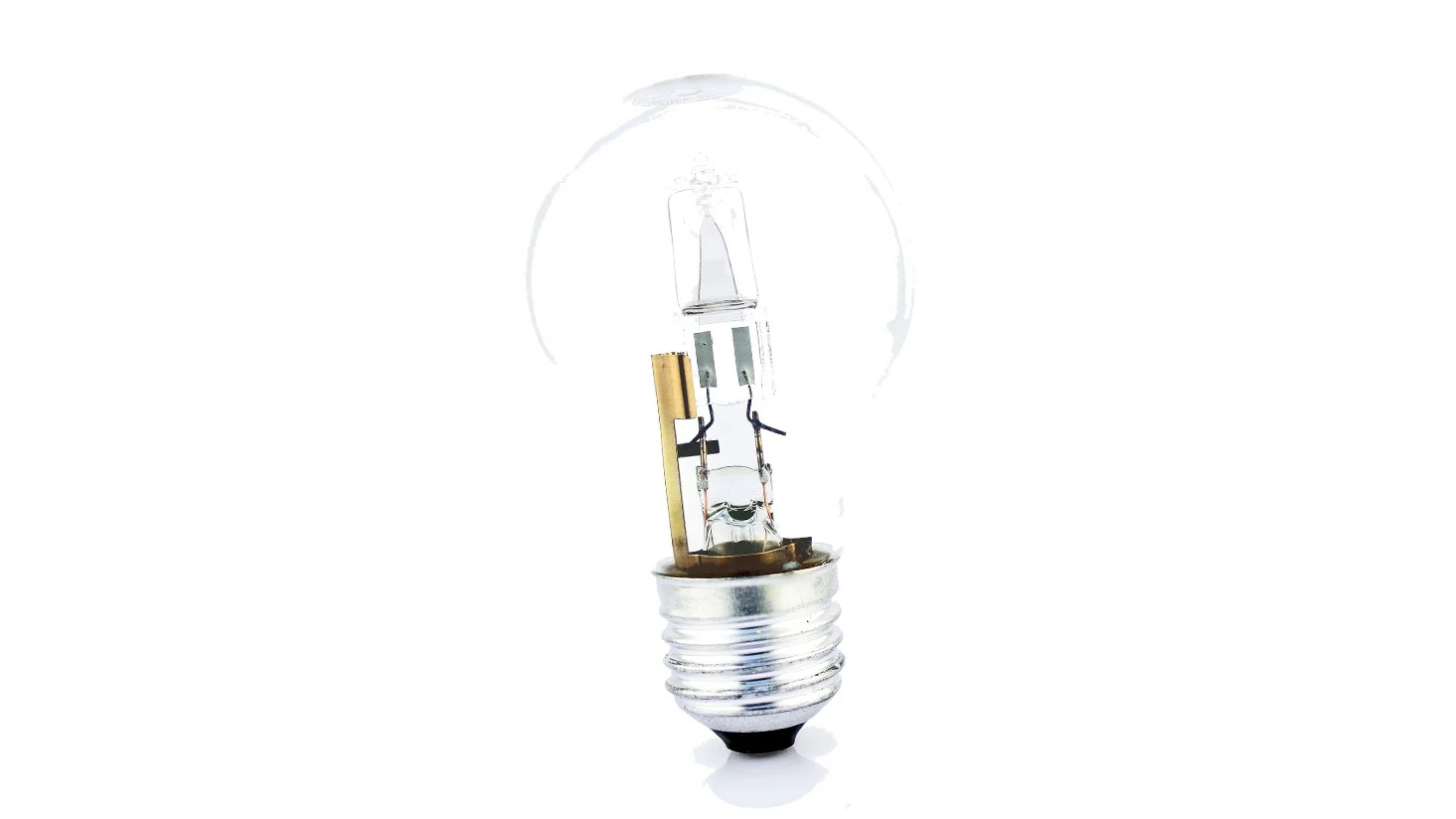
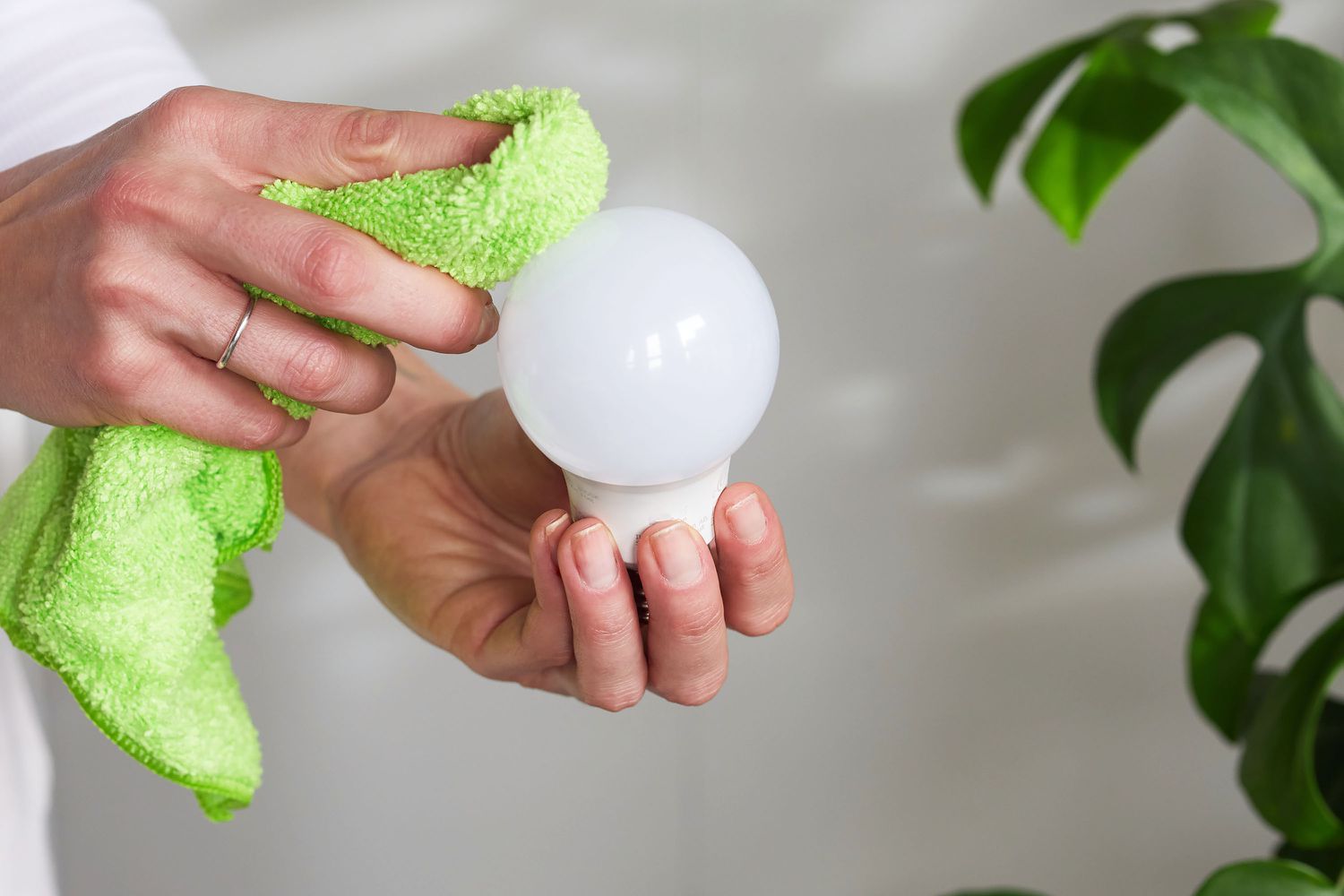
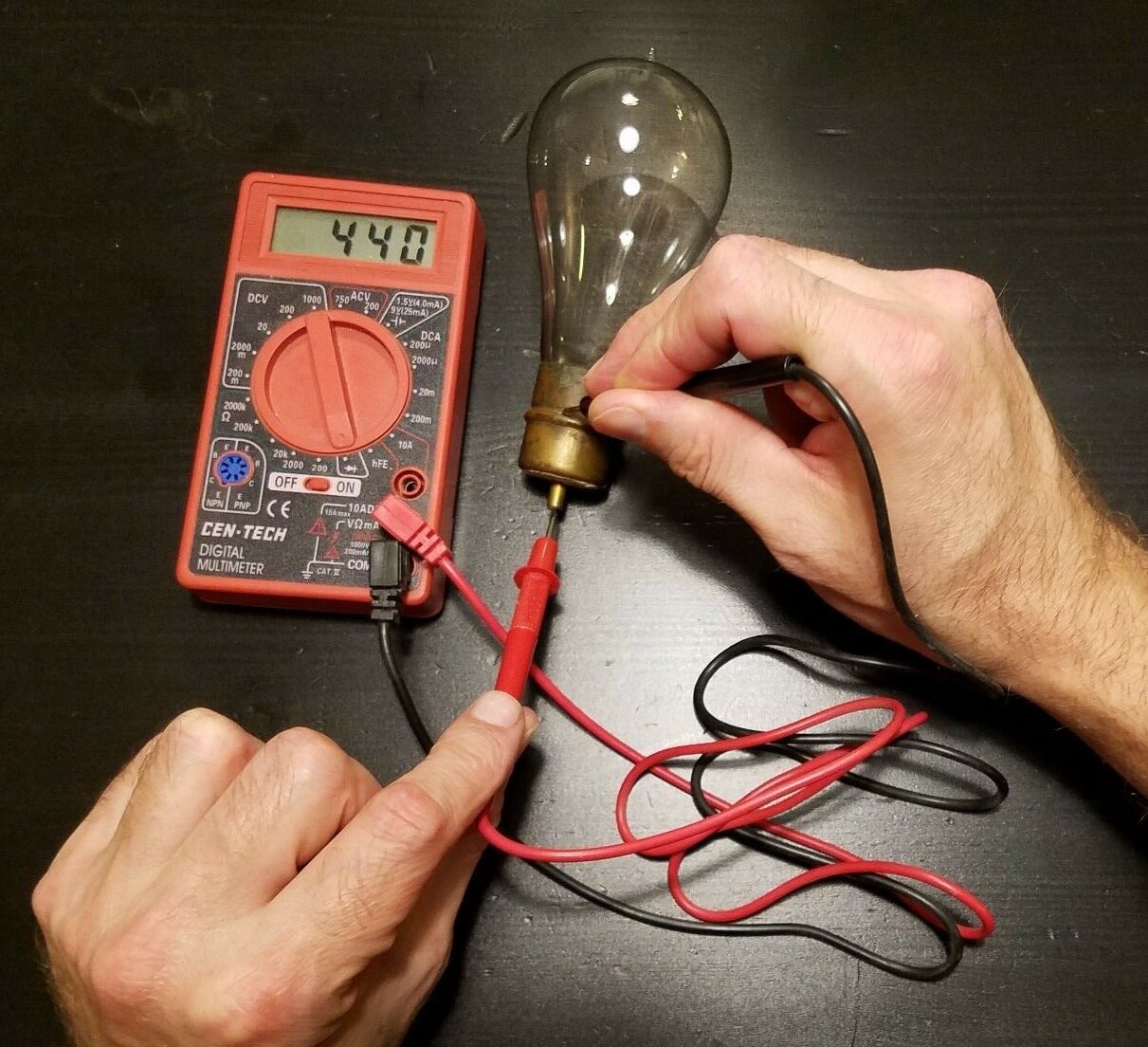
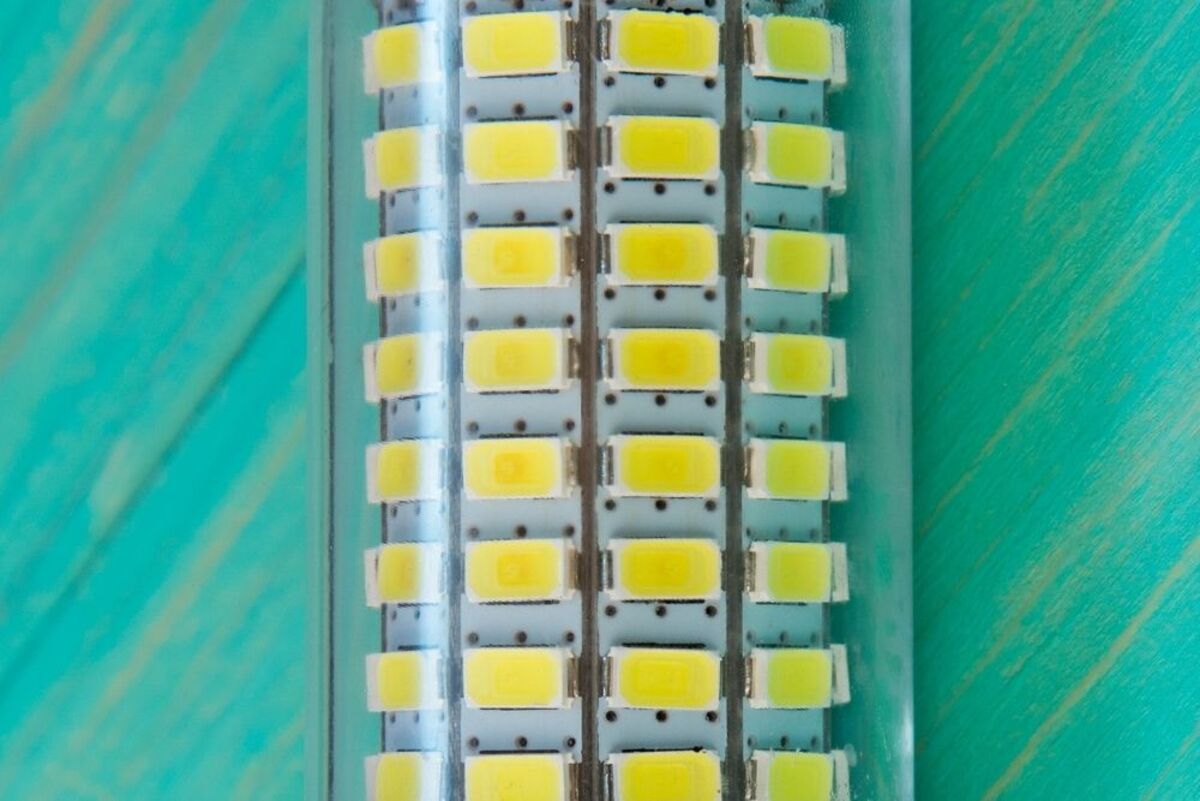
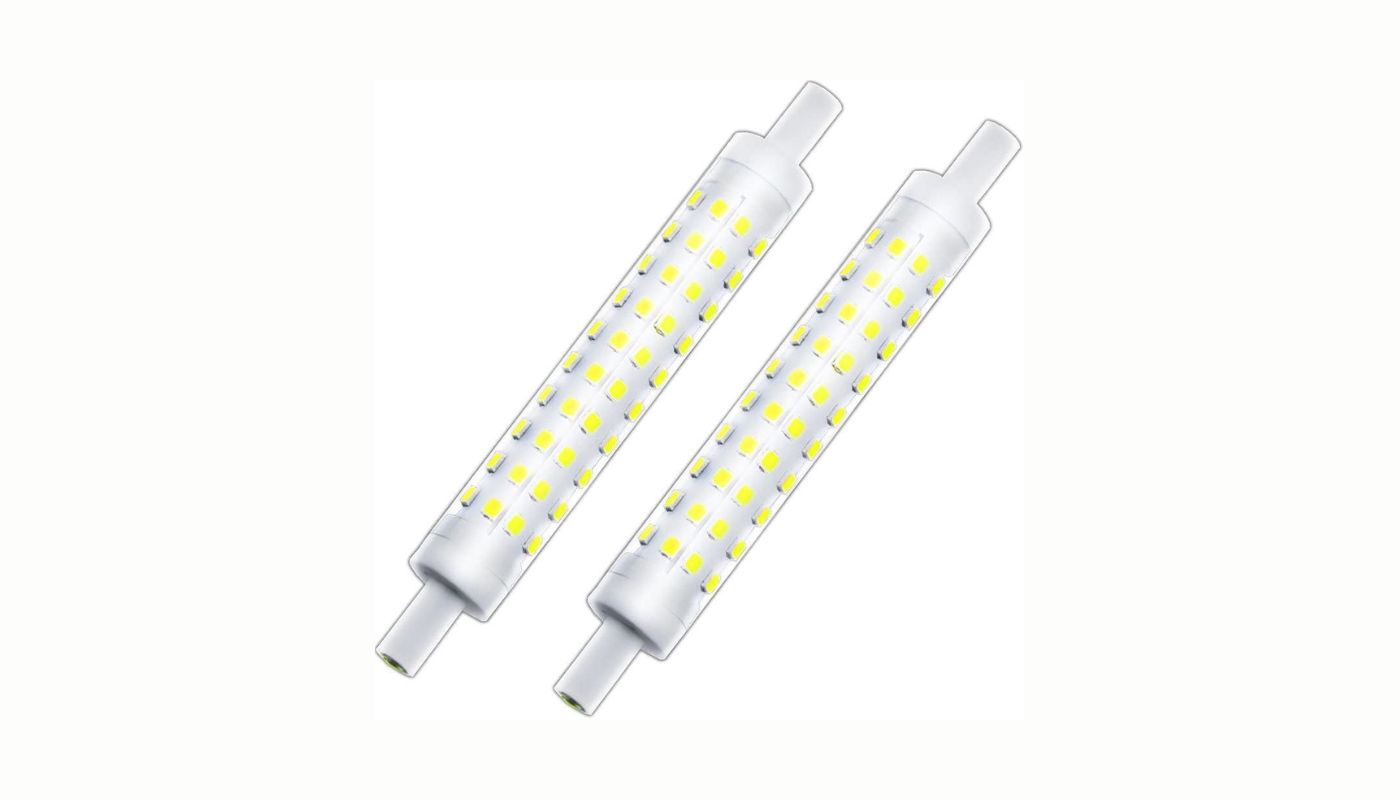
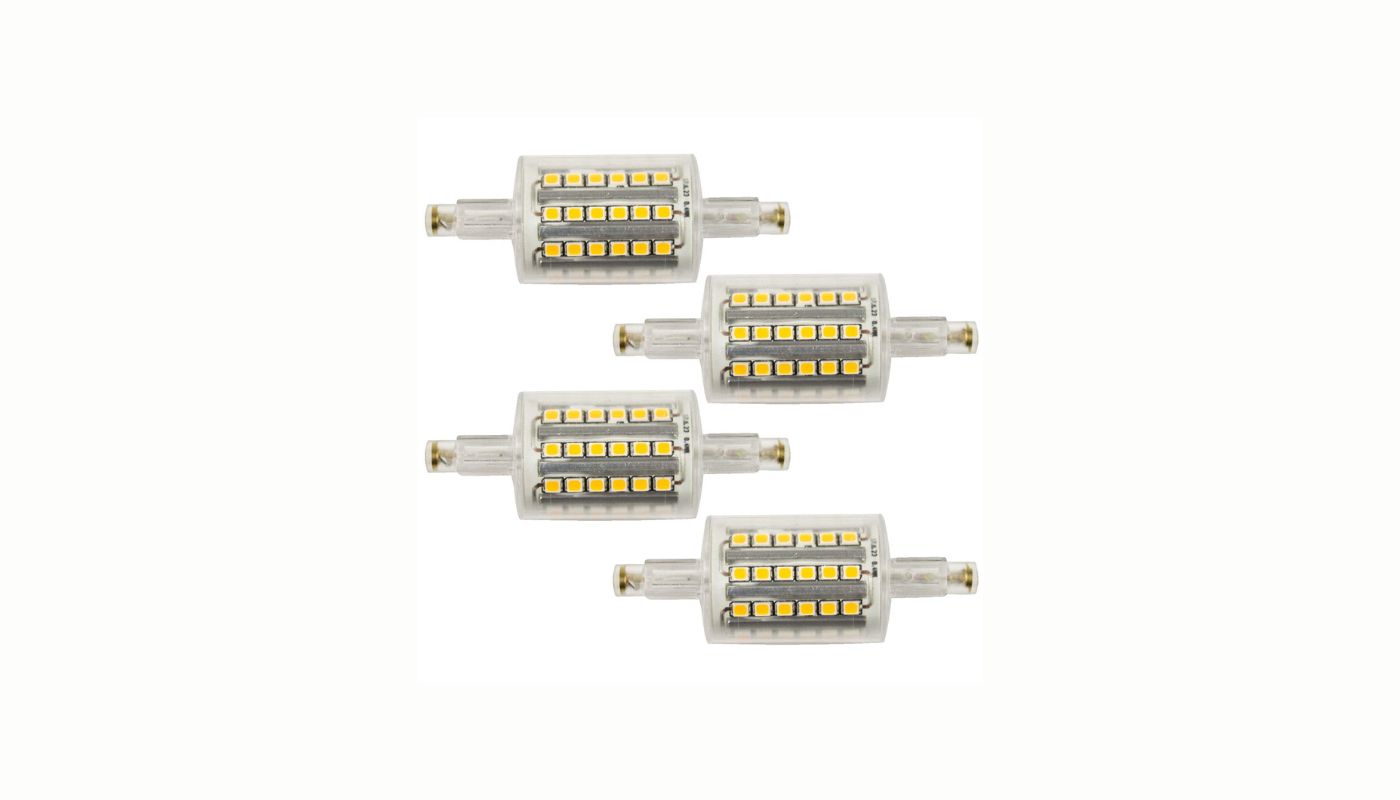
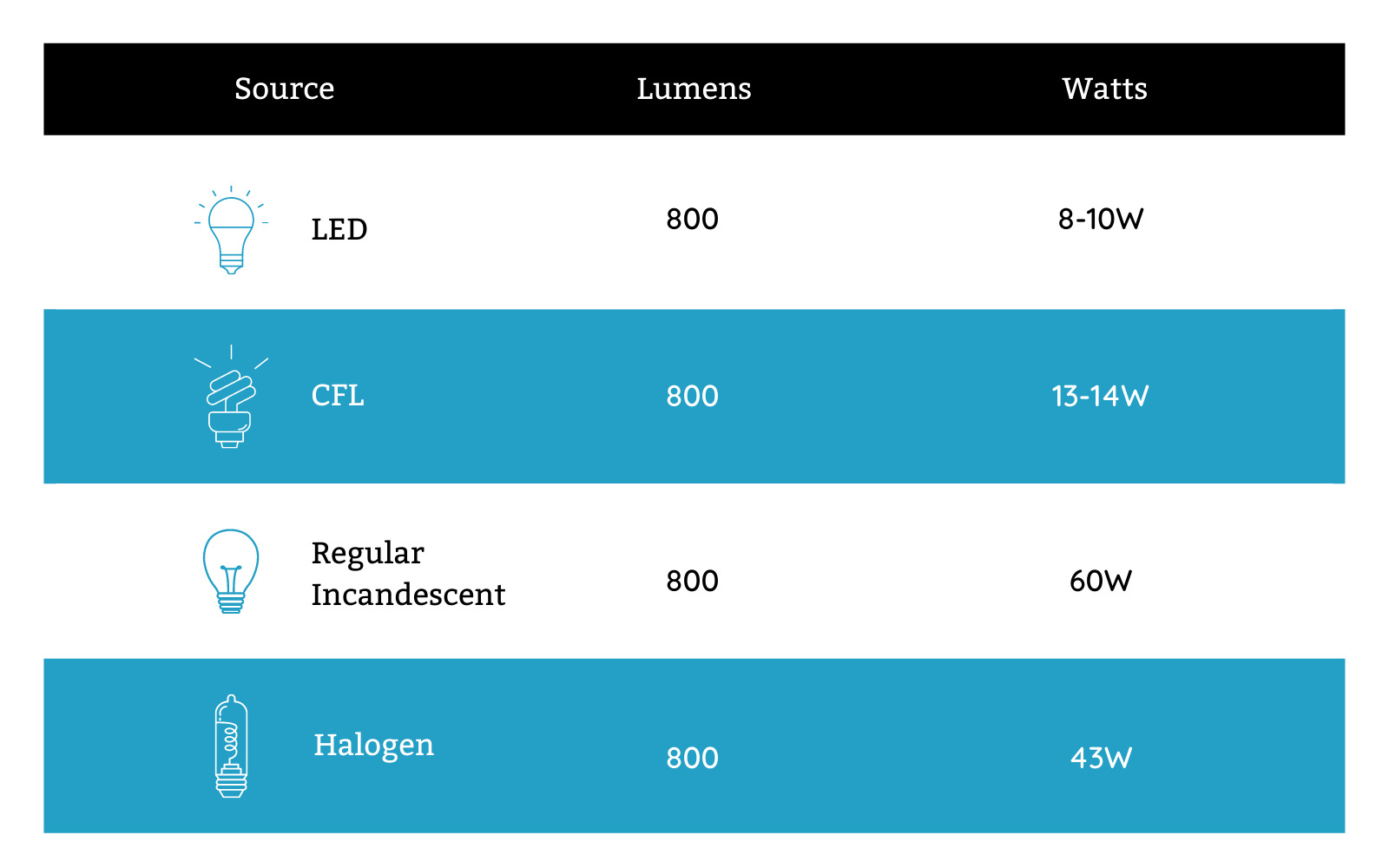
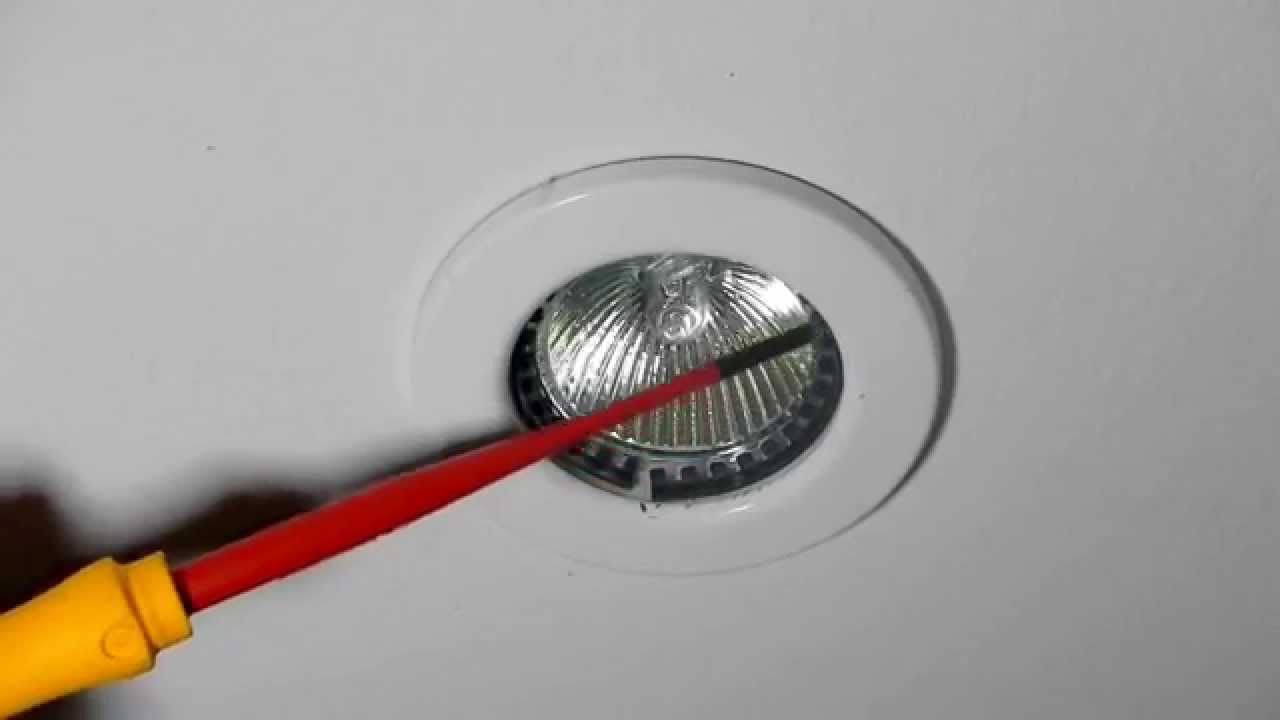
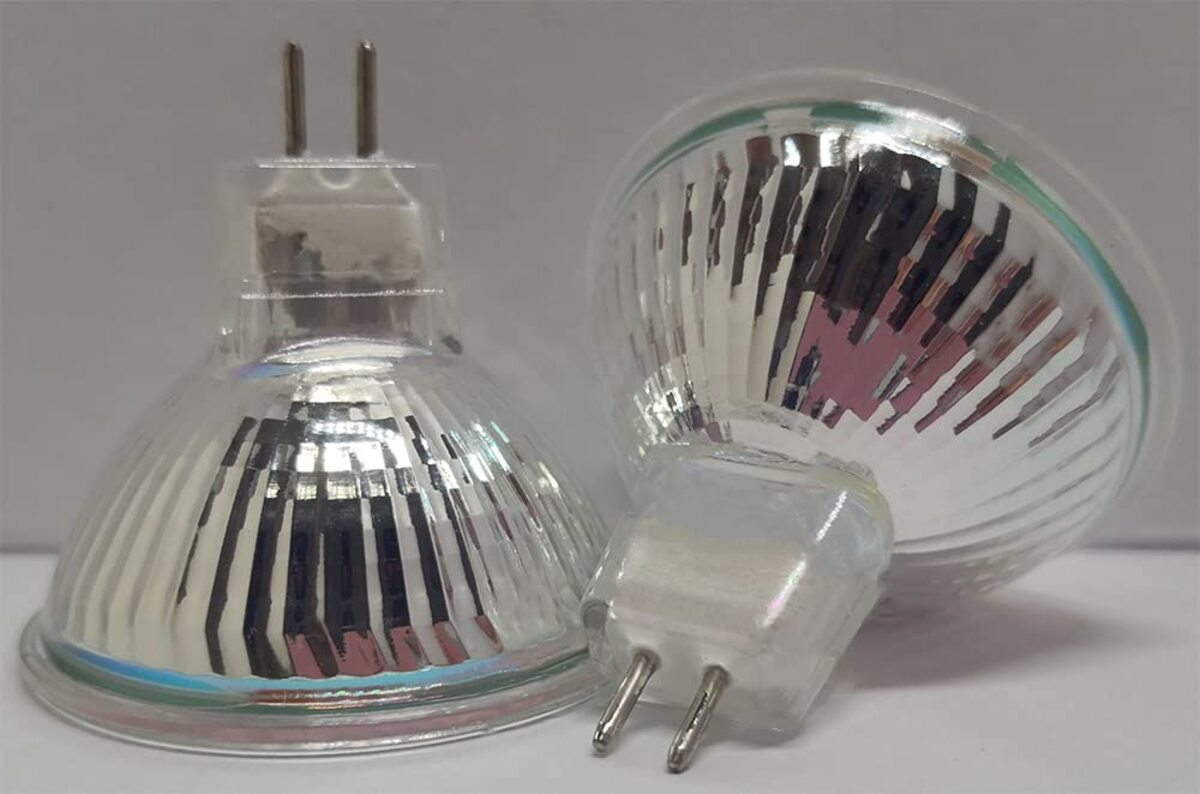
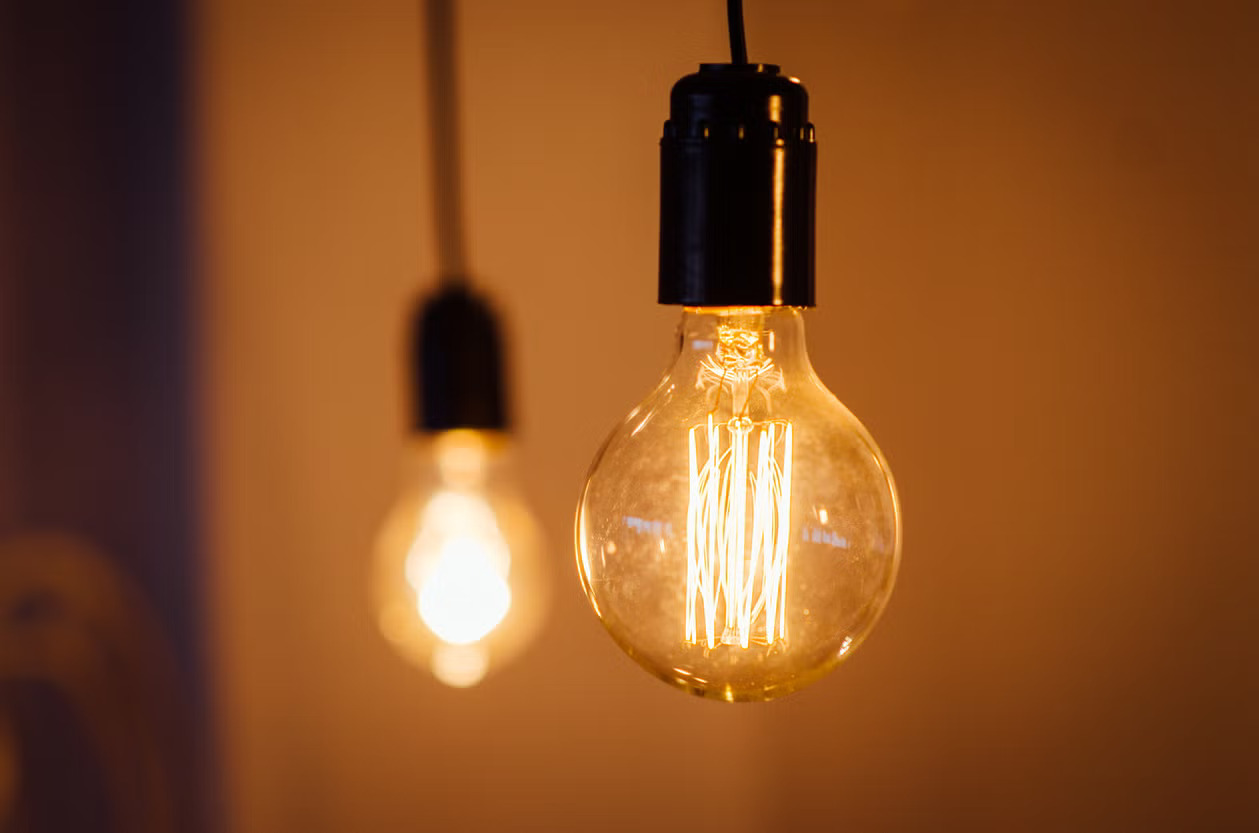
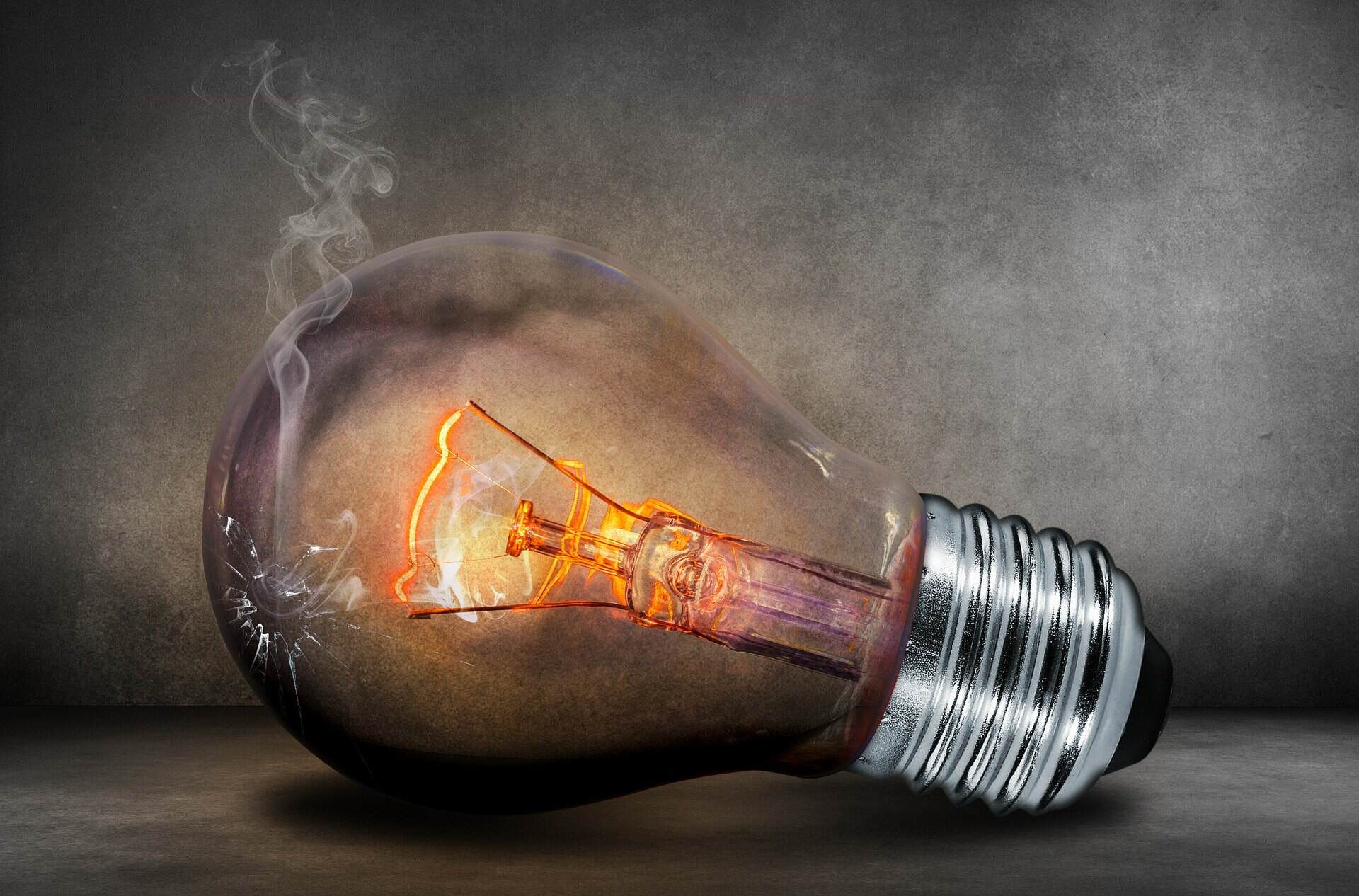
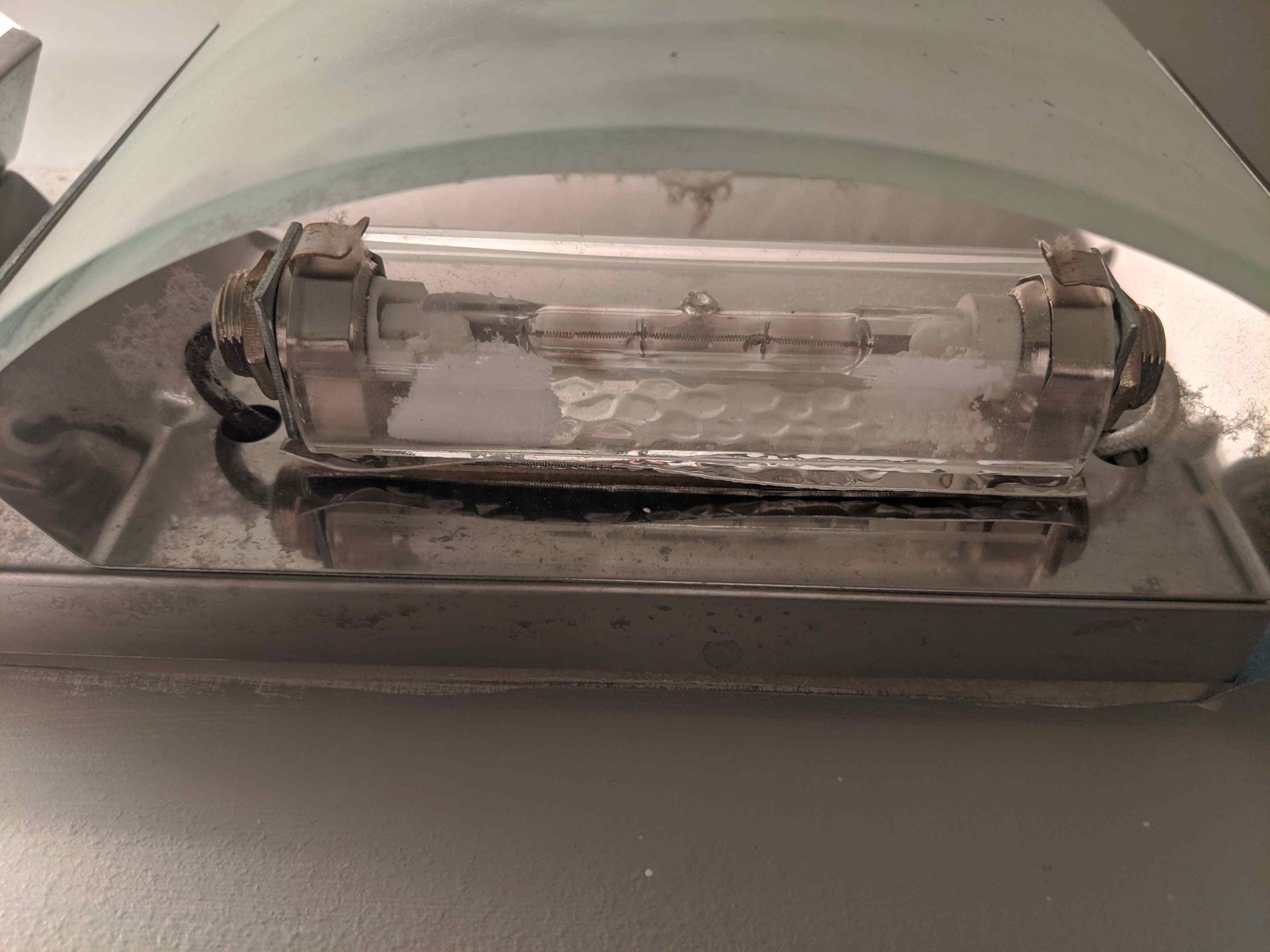
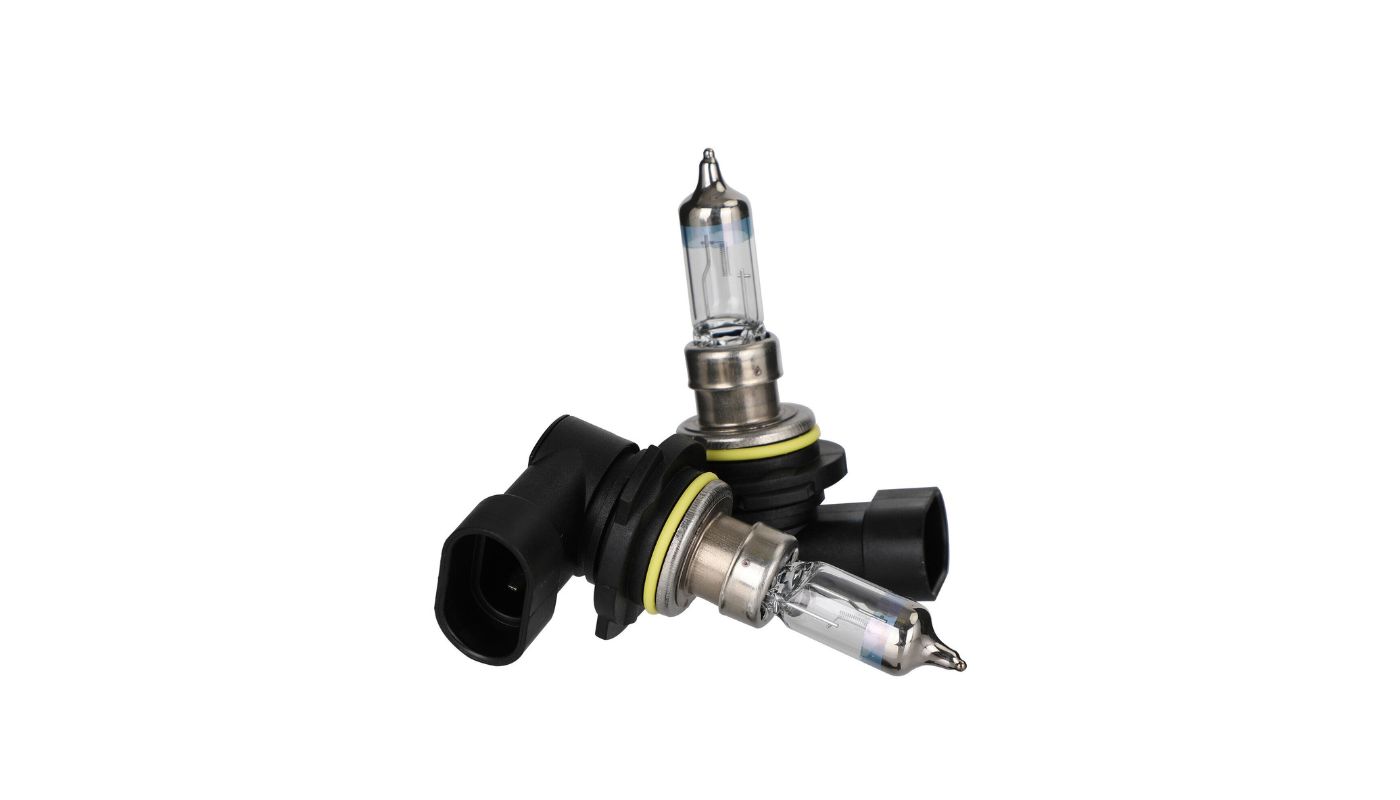

0 thoughts on “How To Replace A Halogen Bulb”